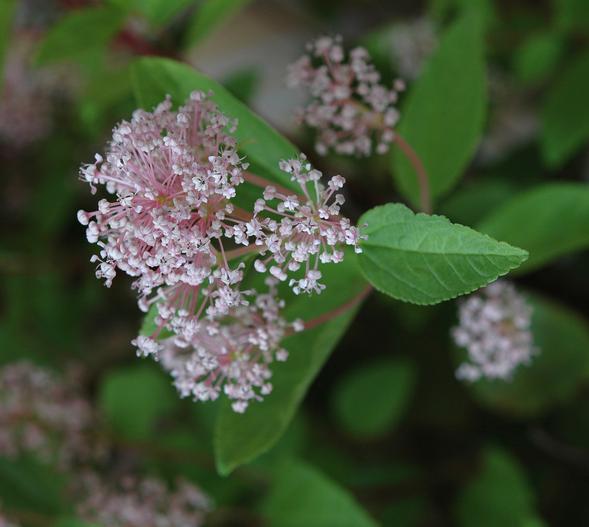California Lilac
(Ceanothus ×pallidus)
California Lilac (Ceanothus ×pallidus)
/
/

Wouter Hagens
CC BY-SA 3.0
Image By:
Wouter Hagens
Recorded By:
Copyright:
CC BY-SA 3.0
Copyright Notice:
Photo by: Wouter Hagens | License Type: CC BY-SA 3.0 | License URL: https://creativecommons.org/licenses/by-sa/3.0 | Uploader: Wouterhagens | Publisher: Wikipedia Commons





Estimated Native Range
Summary
Ceanothus ×pallidus, commonly known as California Lilac, is a deciduous shrub that is the result of a cross between Ceanothus americanus (New Jersey tea) and Ceanothus coeruleus. It typically grows to a height and width of 2-3 feet (0.6-0.9 meters), forming a compact, rounded shape. The true native habitats of its parent species range from open woodlands and prairies to rocky outcrops and scrublands in North America. Ceanothus ×pallidus inherits its adaptability to various environments from its parentage.
California Lilac is celebrated for its profuse clusters of fragrant flowers that bloom in shades of blue, pink, and purple during the spring and summer, attracting pollinators such as bees and butterflies. The shrub’s small size makes it suitable for urban gardens, border plantings, and as a ground cover. It is drought-tolerant once established, requiring low to medium amounts of water, and thrives in well-drained soils. Full sun is ideal to promote the most abundant flowering. While generally low-maintenance, it can be susceptible to root rot if overwatered and may attract pests like aphids and scale insects.CC BY-SA 4.0
California Lilac is celebrated for its profuse clusters of fragrant flowers that bloom in shades of blue, pink, and purple during the spring and summer, attracting pollinators such as bees and butterflies. The shrub’s small size makes it suitable for urban gardens, border plantings, and as a ground cover. It is drought-tolerant once established, requiring low to medium amounts of water, and thrives in well-drained soils. Full sun is ideal to promote the most abundant flowering. While generally low-maintenance, it can be susceptible to root rot if overwatered and may attract pests like aphids and scale insects.CC BY-SA 4.0
Plant Description
- Plant Type: Shrub
- Height: 2-3 feet
- Width: 2-3 feet
- Growth Rate: Moderate
- Flower Color: Blue, Pink, Purple
- Flowering Season: Spring, Summer
- Leaf Retention: Deciduous
Growth Requirements
- Sun: Full Sun, Part Shade
- Water: Low, Medium
- Drainage: Fast
Common Uses
Bee Garden, Bird Garden, Border Plant, Butterfly Garden, Deer Resistant, Drought Tolerant, Fragrant, Groundcover, Hedges, Hummingbird Garden, Low Maintenance, Salt Tolerant, Street Planting
Natural Habitat
Open woodlands, prairies, rocky outcrops, and scrublands in North America
Other Names
Common Names: Fransk Säckbuske
Scientific Names: Ceanothus ×pallidus , Ceanothus pallidus nothovar. roseus , Ceanothus ×roseus
GBIF Accepted Name: Ceanothus ×pallidus Lindl.